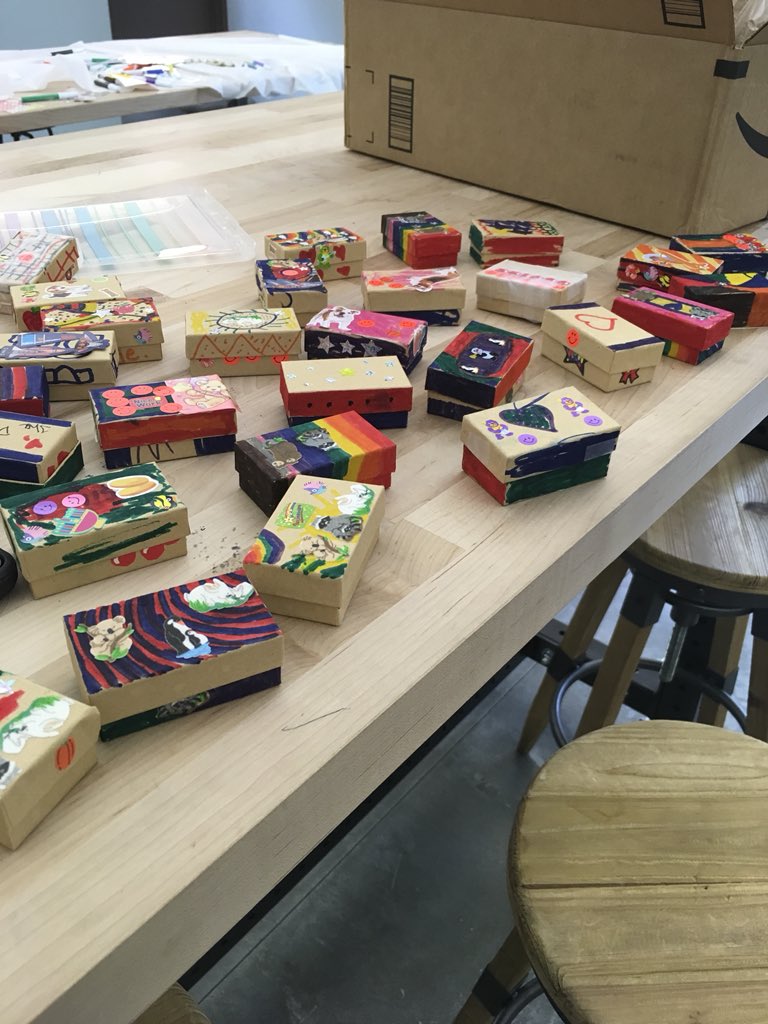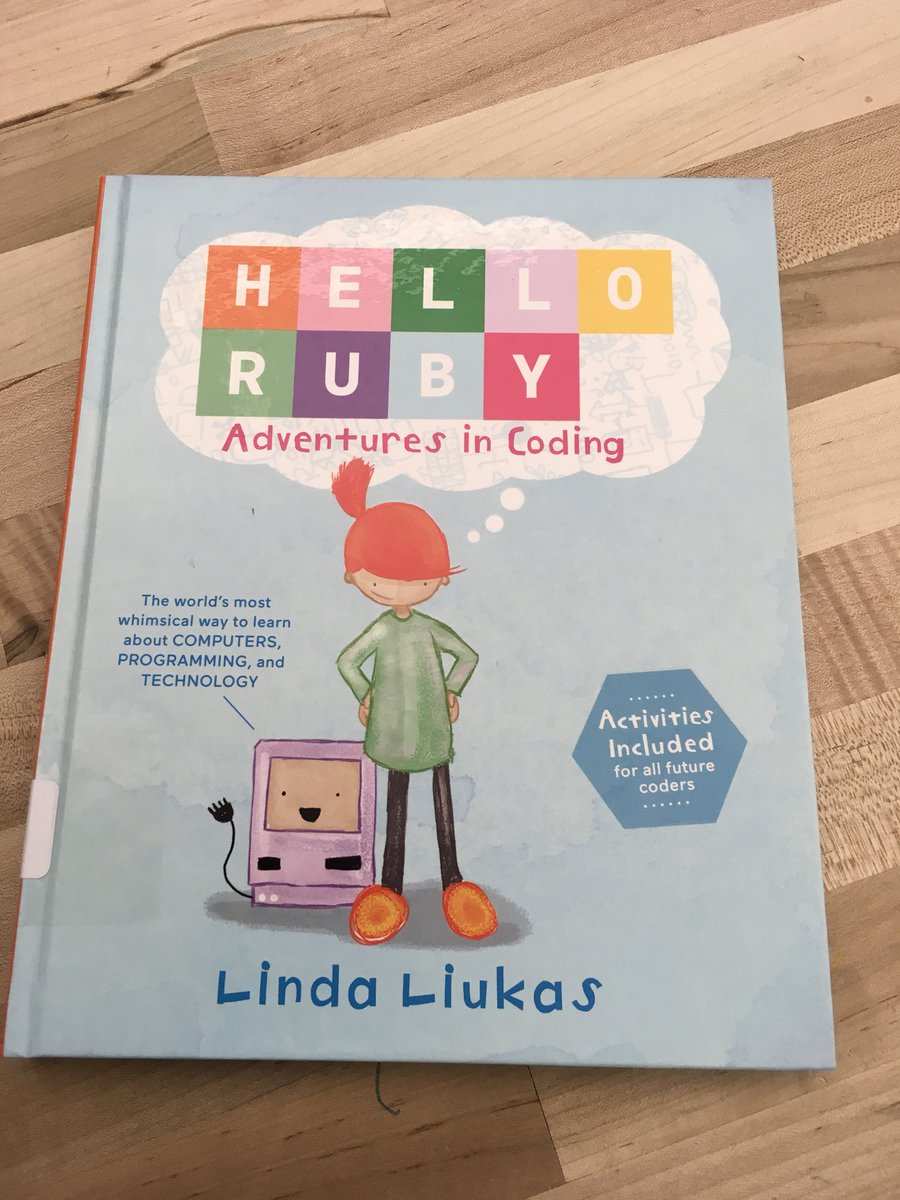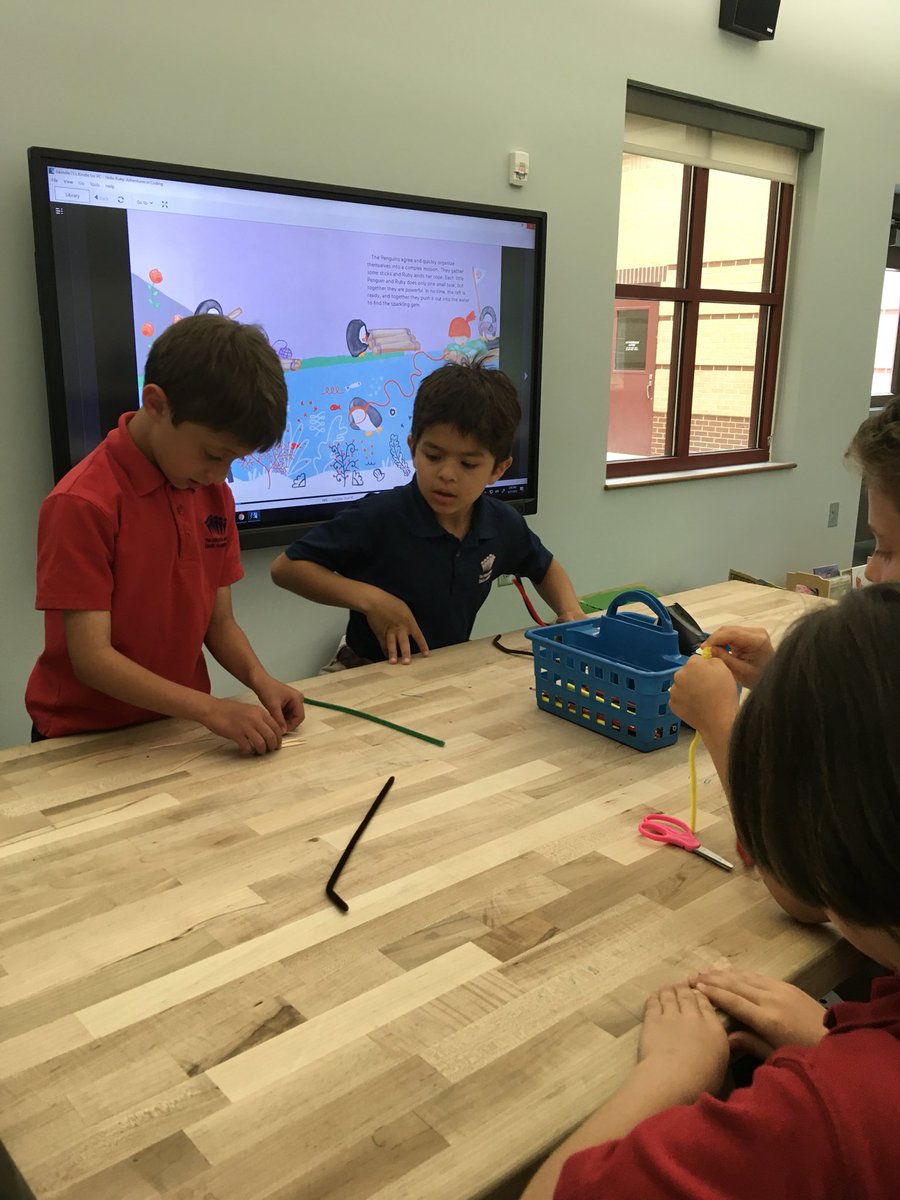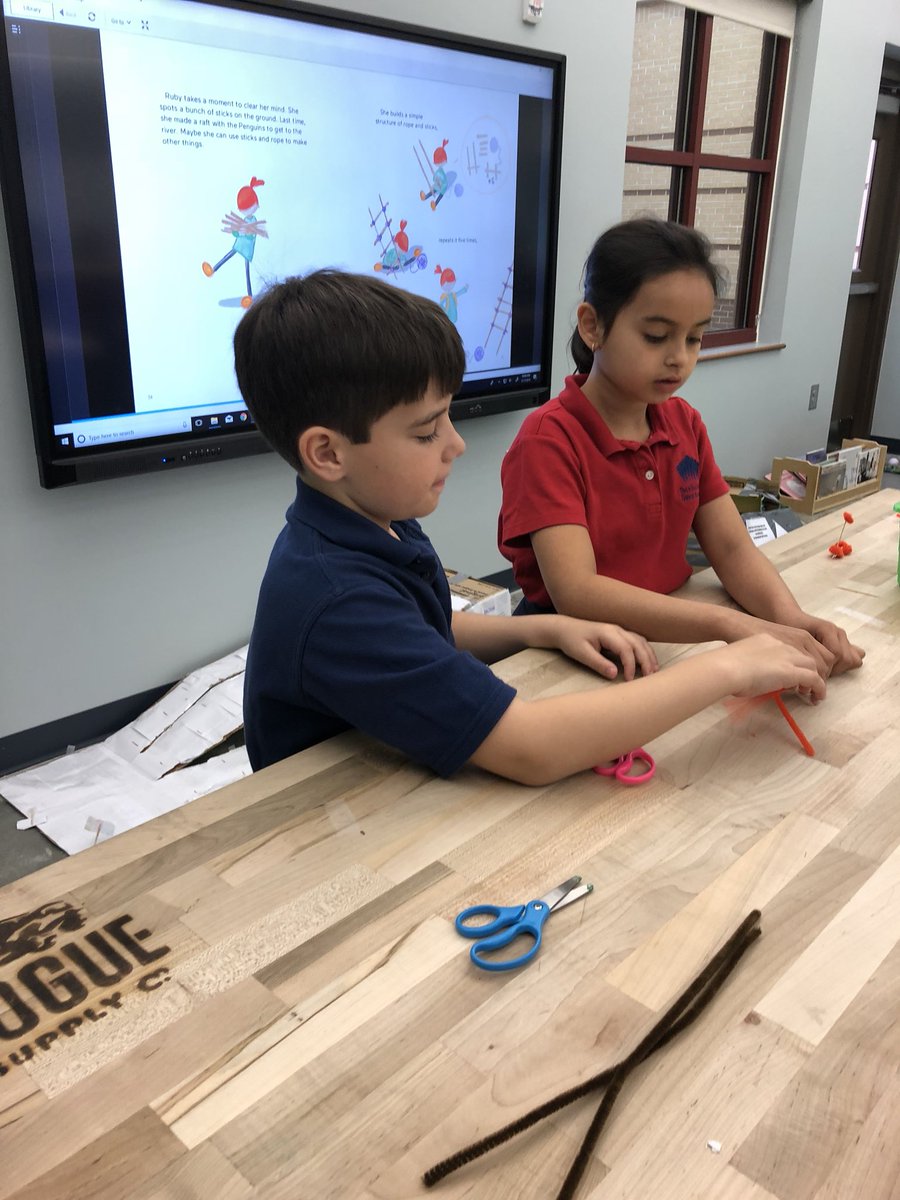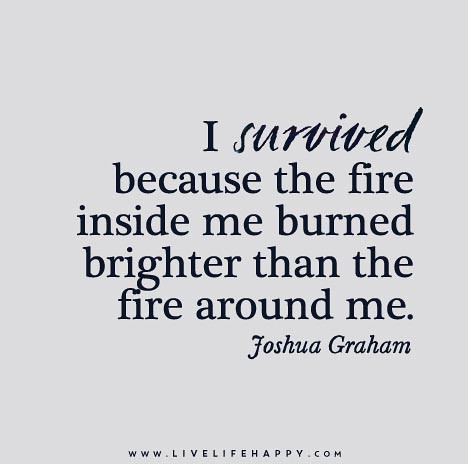Kindergarten students at The Davis Academy went app-smashing this month to create their very own podcast series, which they voted to name KinderPod. The goal of the podcasts is to share tips and tricks on how to be successful in Kindergarten. These students have learned a lot in their first half of the year and thought it only fair to share with the world. After all, future Kindergartners can benefit from their words of wisdom. Former Kindergartners can benefit by reflecting on the good old days in Kindergarten. The podcast creation process was exciting.
We started by me bribing the Kindergarten teachers to join me in this project. Not really but I was prepared to do that. Luckily, I have built an escrow account of trust with these brave teachers who are willing to work with me and try something different and innovative as a collaborative partnership. Innovation happens every day in Kindergarten but sometimes joining forces can create magic. After ensuring teacher buy-in, we met as a class and I provided an overview of what we would be doing together in the coming weeks. I had a fifth-grade Network Sherpa, who is a Technology student leader, create a sample so that the Kindergarten students would be able to visualize the end product. Here is her sample:
She did a great job, right?! The Kindergartners were inspired after watching her podcast. We walked through the entire process, which you can view here. I created a Teacher Cheat Sheet to make it easy when we broke out into small groups to accomplish our daily goal. The process started by voting on a podcast series name and then learning about all of the different applications that we would be using to create our end product. During this visit, we also worked on the tactile part of the process to ease us into the idea of podcasting. Students were able to create original artwork with their faces on it to use as their podcast visual. We spent one class period learning how to create a storyboard. Students could choose if they wanted to write text, draw illustrations, or do a combination of both to outline what they would say during their audio recording. Once our storyboards were complete and our ideas were freshly organized in our minds, we spread out to start recording. Some students went into our professional audiovisual production studio, some recorded in our innovation and design studio and others used the atrium to our theatre as a cozy recording spot. We spent another class period learning how to create our own music in Garageband and upload it to our audio recordings within the Book Creator app. We also spent time designing our podcast logos, typing the text for our podcast name, and selecting our fonts. The design process allowed us to be very creative. Through the process of app smashing, we put all of our work together and had a complete KinderPod podcast channel filled with expert advice on how to rock it in Kindergarten. To listen to our complete podcast series via Padlet, click here. In addition to being our own content creators, we learned how to use multiple applications: the camera app, the Garageband app, the Book Creator app, not to mention how to storyboard and organize our ideas.
Podcasting rocks and so does being in Kindergarten. To discover one of the reasons that Kindergarten rocks, listen for yourself:
We started by me bribing the Kindergarten teachers to join me in this project. Not really but I was prepared to do that. Luckily, I have built an escrow account of trust with these brave teachers who are willing to work with me and try something different and innovative as a collaborative partnership. Innovation happens every day in Kindergarten but sometimes joining forces can create magic. After ensuring teacher buy-in, we met as a class and I provided an overview of what we would be doing together in the coming weeks. I had a fifth-grade Network Sherpa, who is a Technology student leader, create a sample so that the Kindergarten students would be able to visualize the end product. Here is her sample:
Podcasting rocks and so does being in Kindergarten. To discover one of the reasons that Kindergarten rocks, listen for yourself:













